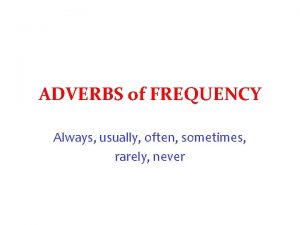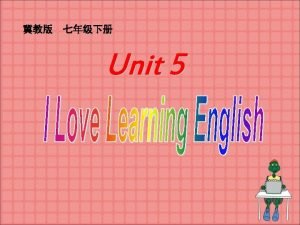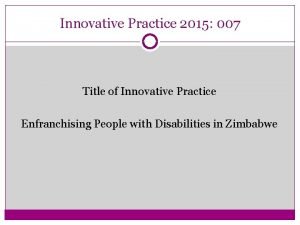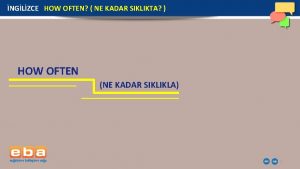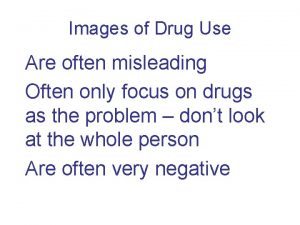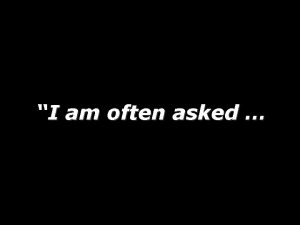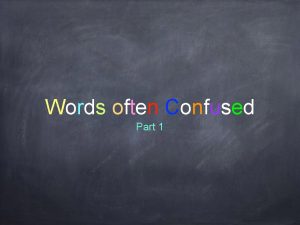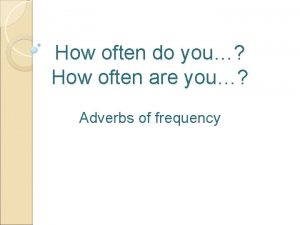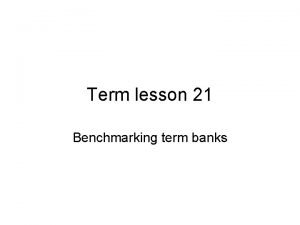Innovative practice INTRODUCTION The term innovative is often











- Slides: 11

Innovative practice

INTRODUCTION The term innovative is often used when we speak about new pedagogical methods and creative educators who present a deviation from traditional didatics. attempt to initiate reform in the classroom must now also incorporate the use of technical resources that have stimulate the birth of the information society.

DIFFERENT METHODS

1. COLLOBORATIVE LEARNING • • team process an excellent place to develop teambuilding a successful teaching strategy Develops and shares a common goal

ELEMENTS OF COPERATIVE LEARNING • • POSITIVE INTERDEPENDENCE FACE TO FACE INTERACTION INDIVIDUAL AND GROUP ACCOUNTABILITY GROUP PROCESSING

2. REFLECTIVE TEACHER EDUCATION • a natural process that facilitates the development future action from the contemplation of past and/or current behavior. • refers to the ongoing process of critically examining and refining practice, taking into careful consideration the personal, pedagogical, societal (including social, political, historical and economical) and ethical contexts associated with schools.

NEED FOR REFLECTIVE TEACHER EDUCATION • Pre-service teachers should examine any cultural baggage they may carry in order to evaluate its appropriateness in teaching. • Since teaching is often an uncertain, dynamic and complex practice, teachers must make constant judgments about appropriate goals, teaching methods and students' learning.

3. SELF AND PEER ASSESSMENT • It involves students thinking about their own learning. • It can be used to facilitate both a process of learning and an assessment product. • It can be used in informal way to encourage students.

4. PROBLEM BASED LEARNING • It can be used in number of discipline as away of engaging students in real problems. • It start with a problem and requires the student to research, select, analyze and apply information.

5. CONSTRUCTIVIST CLASSROOM • Student autonomy and initiative are accepted and encouraged • The teacher asks open-ended questions and allows wait time for responses • Higher-level thinking is encouraged • Students are engaged in dialogue with the teacher and with each other

CONCLUSION According to Kleiman (2004), “e-learning can contribute to addressing each challenge by enhancing the preparation of new teachers, providing high quality and readily accessible professional development opportunities for active teachers, and making the teaching profession more attractive (e. g. , by providing online resources for teachers and new connections to colleagues and mentors) to help address the teacher recruitment and retention problem. ”
 Always usually often sometimes rarely never
Always usually often sometimes rarely never How often do you practice your english
How often do you practice your english Short term planning and long term planning
Short term planning and long term planning In my understanding
In my understanding Long term memory vs short term memory
Long term memory vs short term memory Nth term of ap
Nth term of ap Long term hr planning
Long term hr planning Term to term rule
Term to term rule Difference between long term and short term liabilities
Difference between long term and short term liabilities Long term liabilities
Long term liabilities Minterms and maxterms 4 variables
Minterms and maxterms 4 variables Rules in finding the nth term
Rules in finding the nth term
